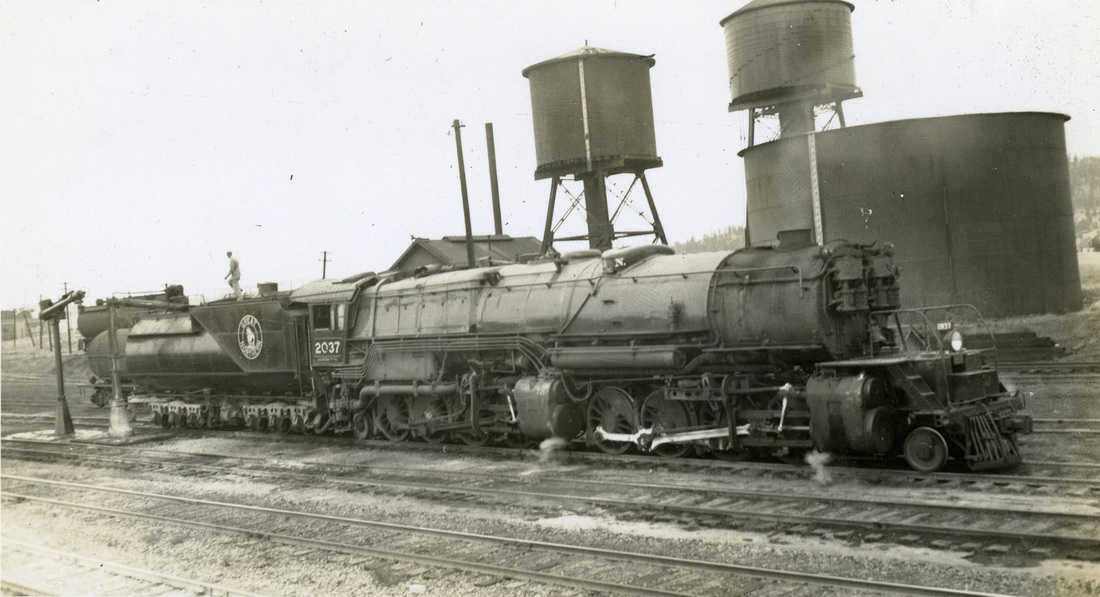|
J. William T. "Bill" Youngs, The Fair and the Falls: Spokane’s Expo ’74: Transforming an American Environment, Chapter
|
"Ariel View of Spokane, 1950" courtesy of the Washington State Archives
|
Chapter Seven: Urban Blight and Urban Renewal
|
SummaryBy the mid-1950s downtown Spokane was in trouble. A number of factors contributed to this decline: the closure of Fairchild Air Force Base, the growth of suburban shopping malls, and the depressing atmosphere in its decaying center. A group of businessmen formed Spokane Unlimited to combat this slide. They hired Ebasco to provide a plan for their efforts, sponsored a reform of municipal government, and backed two bond issues (1962 and 1963) which would have raised money for urban renewal. Spokanites, however, remained skeptical about the wisdom of government intervention in their downtown and of the motivations of businessmen who were so eager to renew it.
|
Author reads from the Text
"Corrective surgery"
The Ebasco report read: "A city's vitality depends upon whether its heart continues to function efficiently. The heart of a city is its downtown. The continued vitality of Spokane's central business district will depend on acceptance of the need for corrective surgery now. Mere application of salves in the form of such...measures as clean-up, paint-up and patch-up campaigns will only result in a later, and more urgent, call for major surgery."
"Paving over the river"
"The Ebasco planners recognized the inherent beauty of the falls and advocated "recapturing the beauty and attractiveness of the central business district's natural setting." Many Spokanites had forgotten that the river was there. There had even been talk of paving over the south channel of the river to provide more parking space. As outlandish as that idea might seem a few years later, it was not out of the question in the 1950s: other channels of the river had already been filled in to enhance the river's power-generating capabilities. So why not build over more of the river for parking?"
"A heritage of natural beauty"
"Dorothy Powers, one of the paper's best writers, wrote a feature article about the citizens' choice -- to beautify or to neglect their cities. Spokane had a chance to be the lovely place nature had made her, 'Or -- she can ignore her legacy of beauty and individuality, and become an anonymous field of asphalt and concrete, ugly cousin to thousands of indistinguishable cities elsewhere. Spokane can make that choice now....Who decides such things in a city's life? Her people.' In a passage reminiscent of Spokane's pioneer boosters, Powers argued that Spokane had 'a heritage of natural beauty surpassed by few cities in the world.' Who else could boast 'a river splashing gloriously through the downtown?' She reminded Spokane that early planners such as Aubrey White had worked to preserve their city's natural beauty. Modern Spokanites should do the same."

